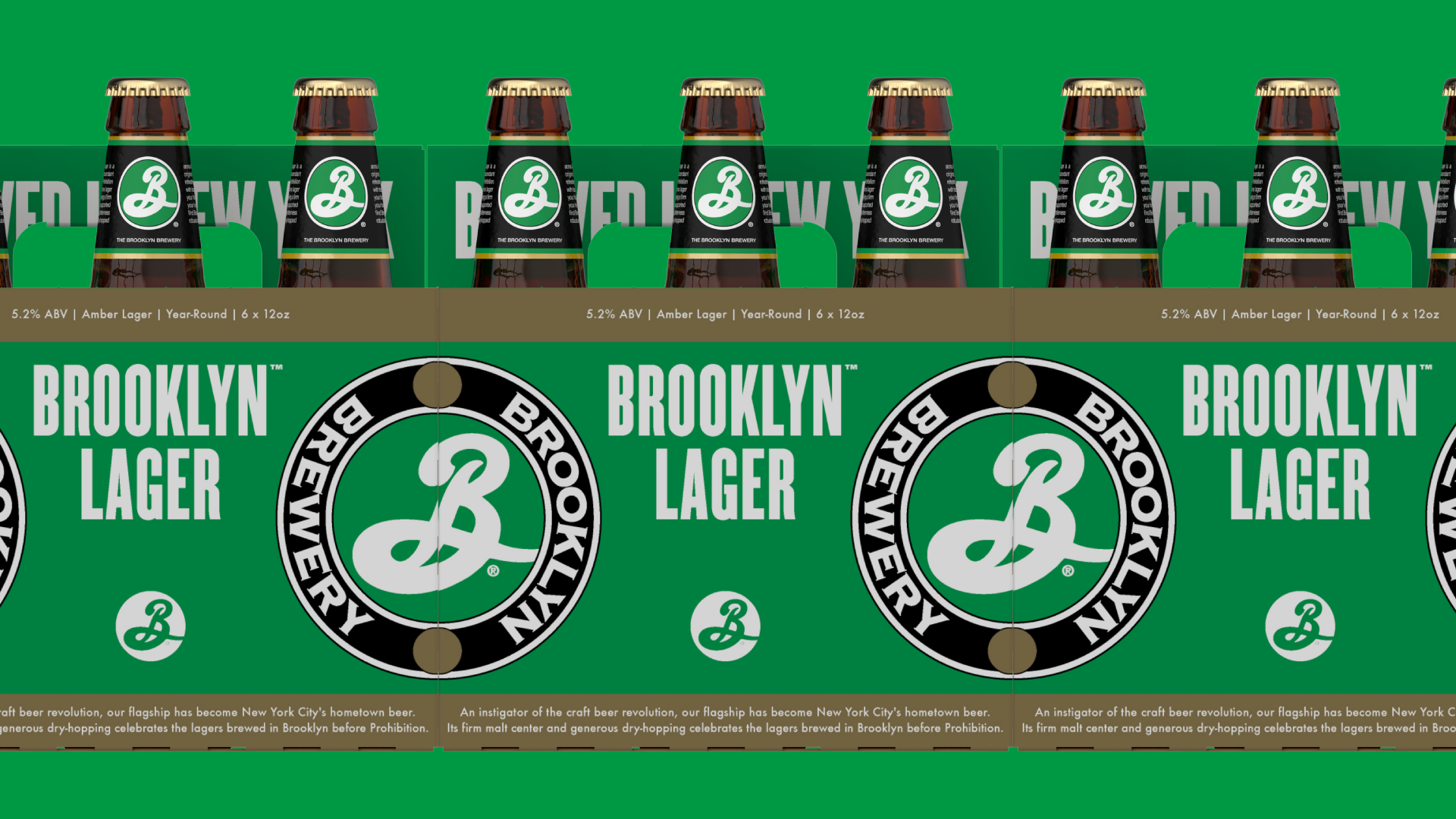
Seven months after announcing plans to create a national sales platform via investments in San Francisco’s 21st Amendment and Colorado’s Funkwerks, Brooklyn Brewery is readying for what it hopes will be a year of growth across all three brands.
Speaking to Brewbound, Dave Duffy, Brooklyn’s vice president of business development, said the three companies have officially integrated their sales forces and “cross-trained on each other’s brands.”
“Our first priority was building the combined go-to-market strategy and structure,” he said. “All of our distributors across the country can now order all of their beer and POS through Brooklyn’s system.”
Duffy has also been working to better align the three companies’ distribution footprints.
In Chicago, the Brooklyn brand moved from Lakeshore Beverage to Windy City Distributing, which sells 21st Amendment products. In Arizona, Brooklyn moved to Hensley Beverage Company, which sells the Funkwerks brands. And in Nevada, 21st Amendment moved from Breakthru Beverage to Southern-Glazer’s Wine & Spirits, which sells the Brooklyn brand.
“What’s been fun is that we aren’t just moving everyone into the Brooklyn network,” he said. “The distributors we have worked with to make these adjustments have been phenomenal.”
Approximately 70 percent of the three companies’ volume was already aligned, Duffy said, noting that the changes in Arizona, Illinois and Nevada have brought that figure closer to 80 percent.
“We still have lots of it to do – two or three states are on the immediate docket – but we are in no immediate rush to make network adjustments,” he said, admitting that “the sooner we are under the same roof, the better, of course.”
In the meantime, Duffy said the focus for all three companies will be working to grow sales by executing behind their respective core brands.
“It is time now for a brand development mindset,” he said. “Our mantra is not to secure growth via rampant expansion and the introduction of new items. We have to resist the urge to introduce tons of new brands, and refocus our efforts on the brands that we do have.”

For Brooklyn, that means a strong push behind Bel Air Sour, which launched last year as a spring seasonal but has since shifted into the company’s year-round portfolio.
“Everyone is really excited about it,” he said. “Sours tend to cast a wider net – there is an approachability and a unique flavor profile that captures not only the usual craft drinker, but also wine drinkers or consumers who are just beginning to embrace the sour flavor profile.”
Brooklyn – which grew about 8 percent last year as a result of its thriving export business, which accounts for about half of total production – will also push behind four other core SKUs: Brooklyn Lager, Sorachi Ace saison, Defender IPA and seasonal offerings, Duffy said.
“Those are our five focus brands,” he said, adding that sales of its seasonal beers grew 15 percent in 2017.
Despite company-wide growth in 2017, domestic sales still lagged, Duffy said, pointing to the onslaught of new breweries that have opened in recent years as one reason why Brooklyn has struggled to grow in the U.S.
“It is a completely different landscape now,” he said. “It’s much harder to be relevant further away from home, which is why I feel rampant expansion doesn’t work. You might win the battle, but you are not putting yourself in position to win the war.”
That’s why Brooklyn forged its partnerships with 21st Amendment and Funkwerks, Duffy argued.
“It made absolute sense to get stronger, further away, and get some scale,” he said.
In doing so, the company has also added eight new sales and field-level marketing employees at a time when other companies are dealing with layoffs.
“We are growing, and we are hiring,” he said. “Finding a competitive advantage becomes harder and harder. But this support is really meant to help us develop our brands.”
Brooklyn is projecting single-digit growth in 2018, Duffy said, and is also considering entering “one or two” new markets in the back half of the year.